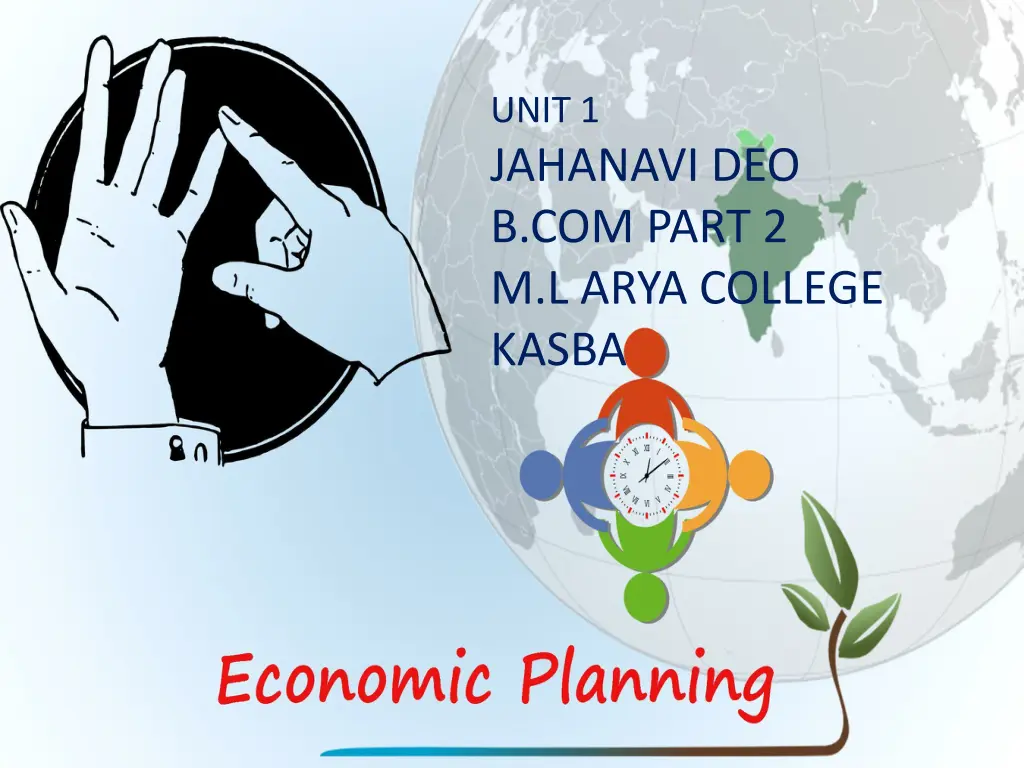
Role of States in Economic Development of India: Factors and Impact
Explore the significant role of states in India's economic development, focusing on factors like agriculture, industry, and services. Discover how states like Gujarat, Haryana, and Delhi contribute to the country's growth rate.
Download Presentation

Please find below an Image/Link to download the presentation.
The content on the website is provided AS IS for your information and personal use only. It may not be sold, licensed, or shared on other websites without obtaining consent from the author. If you encounter any issues during the download, it is possible that the publisher has removed the file from their server.
You are allowed to download the files provided on this website for personal or commercial use, subject to the condition that they are used lawfully. All files are the property of their respective owners.
The content on the website is provided AS IS for your information and personal use only. It may not be sold, licensed, or shared on other websites without obtaining consent from the author.
E N D
Presentation Transcript
UNIT 1 JAHANAVI DEO B.COM PART 2 M.L ARYA COLLEGE KASBA
ROLE OF STATES IN ECONOMIC DEVELOPMENT OF INDIA India is world's 12thlargest economy and also the 4th largest in terms of purchasing power parity adjusted exchange rates (PPP). It is the 128th largest in the world on per capita basis and 118th by PPP. However, states have a major role to play in the economic development of India. There are few states which have higher annualized 1999- 2008 growth rates comparing to others. The growth rates for the states like Gujarat (8.8%), Haryana (8.7%) and Delhi (7.4%) are considerably higher than other states like Bihar (5.1%), Uttar Pradesh (4.4%) and Madhya Pradesh (3.5%).
Economic Development the Decisive Factors The economic development of India largely depends upon a few factors, which prove to be decisive. According to the World Bank, for a better economic development, India needs to give due priorities in various issues like infrastructure, public sector reform, agricultural and rural development, reforms in lagging states, removal of labor regulations and HIV/AIDS. Agriculture Agriculture, along with other allied sectors like fishing, forestry, and logging play a major role in the economic development in India. In 2005, these sectors accounted for almost 18.6% of the GDP. India holds the second position worldwide in terms of farm output. It also generated works for 60% of the total workforce. Though, currently seeing a steady decline of its share in the GDP, it is still the largest economic sector of the country. In India, a steady growth has been observed in the yields per unit area of all the crops since 1950. And the reason behind this is the fact that, special emphasis was given on agriculture in the five- year plans. In 1965, the country saw green revolution. Improvements came in the various areas like irrigation, technology, provision of agricultural credit, application of modern agricultural practices and subsidies. India has done considerably well in agriculture and allied sectors. The country is the world s largest producer of tea, coconut, cashew nuts, black pepper, turmeric, ginger and milk. India also has the largest cattle population in the world. It is world s second largest producer of sugar, rice, wheat and inland fish. It is in the third position in the list of tobacco producers in the world. India also produces 10% of the overall fruit production in the world, holding the first position in banana and sapota production.
Industrial Output India occupies 14th position in the world in industrial output. The manufacturing sector along with gas, electricity, quarrying and mining account for 27.5% of the country s GDP. It also employs 17% of total workers. The economic reforms of 1991 brought a number of foreign companies to the Indian market. As a result, it saw the privatization of several pubic sector industries. Expansion in the production of FMCG (Fast-moving Consumer Goods) started taking place. Indian companies started facing foreign competitions, including the cheap Chinese imports. However, they managed to handle it by cutting down costs, refurbishing management, banking on technology and low labor costs and concentrating on new products designing. Services In services output, India occupies 15th spot in the world. Around 23% of the total workforce in India works in service industry. This is also the sector which provides quick growth with a growth rate of 7.5% during 1991-2000 from 4.5% in 1951-80. With a substantial growth in IT sector, a number of foreign consumers showing interests in India s service exports as India has got low cost, educated, highly skilled workers in abundance. Besides this, ITES-BPO sector has also become a big source of employment for a number of youths.
Banking and Finance Since liberalization, India has seen substantial banking reforms. On one hand, one could see the mergers of banks, competitiveness and reducing government interference, on the other hand one can also see the presence of several private and foreign players in the banking and insurance sectors. Currently the banking sector in India has got maturity in terms of supply, reach-even and product range. The Indian banks are also said to have clean, transparent and strong balance sheets comparing to their Asian counterparts.
